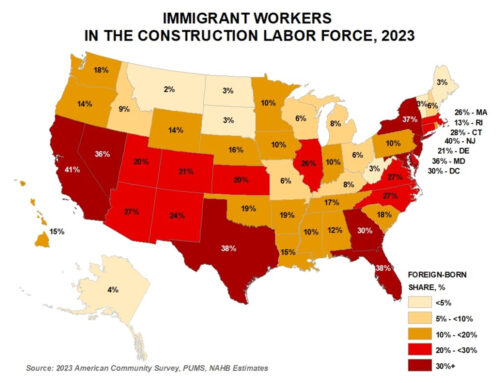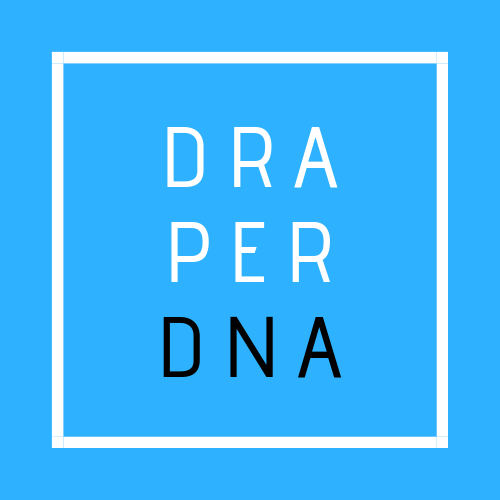PLANNING AND EXECUTING A SUCCESSFUL VIRTUAL EVENT
September 4, 2020
There is no doubt about it; 2020 has seen remarkable change. In the marketing landscape, specifically, one of the most significant adjustments has been the transition to all things virtual. Sure, we’ve been pretty familiar with platforms like FaceTime, Skype and Google Hangout for some time now, but it’s recent that we’ve relied heavily on leveraging the virtual marketplace to conduct business for our brand and on behalf of our clients.
A key marketing pillar that has shown substantial change is event execution strategy. According to a survey conducted by Intrado Digital Media in early 2020, 78% of marketing leaders said they expected to increase or significantly increase their budgets when it came to virtual events.
So, with this adjustment, how can we as industry experts ensure successful virtual events? First, the learning opportunities and second, the chance to network with like-minded professionals.
That’s where we come in. After conducting thorough research and having many conversations with tenured industry professionals, we have transcribed a tiered roadmap that will support delivering the desired results.
TIER ONE: PRE-VIRTUAL EVENT
As with any business strategy, it is imperative that everyone involved in execution agree on goals and measurable objectives. This includes identifying your target audiences; defining a format, style and personality; establishing content and interactive tools; classifying a virtual events team; defining a budget; deciding on sponsorship packages; audience acquisition and user journey.
Let’s break this down.
- Identifying your target audience.
- Who are you looking to attract? Can they be defined by a single persona or will you need to understand multiple? Consider demographics, experience with virtual events, interest in your brand, and their overall needs.
- Defining a format, style and personality.
- Are you looking to stand out by using unexpected content? Is there a color palette that excites and delights? How would you like to be remembered when the event is over? Leveraging the defined target audience and their preferences should aide in creating the perfect personality.
- Establishing content and interactive tools.
- With the format, style and personality defined, it’s important to create content and interactive tools that you know will pique the interest of your target audience. Would this audience prefer a speaking engagement or would they rather spend time with getting to know you playing virtual games? Some other tools to consider include: Display ads, webinars, moderated chats, a networking lounge, badges, prizes, personalization and private events.
- Classifying a virtual events team.
- Similar to in-person events, it is important to determine who from your team will lead which role start to finish. Standard roles could include: An event lead, a virtual host, someone to run sponsored activations, a manager of content, the individual responsible for marketing and promotion, and your social media expert. Ensure that each team member is confident in their role and what it requires of them for success.
- Defining a budget.
- Hosting a virtual event has both hard and soft costs. Hard costs typically include the event technology and associated equipment like a laptop and a webcam. Soft costs are usually comprised of the time and resources required to plan, sell and execute the virtual event. Understanding this can get expensive, sponsorship opportunities help to offset costs.
- Deciding on sponsorship packages.
- Understanding that creating sponsorship packages for a virtual event is more an art than a science, we suggest creating tiered packages that offer a variety of features and options at different price points. This allows for top sponsors to reap top benefits and lower tiered – often first time – sponsors to be involved while feeling comfortable in the investment. It is important that a clear delineation between packages is made clear to participants so that there is a clear reason for them to opt for a level above what they may otherwise consider. We would advise no more than five package levels to keep things easy for both sponsors and your team.
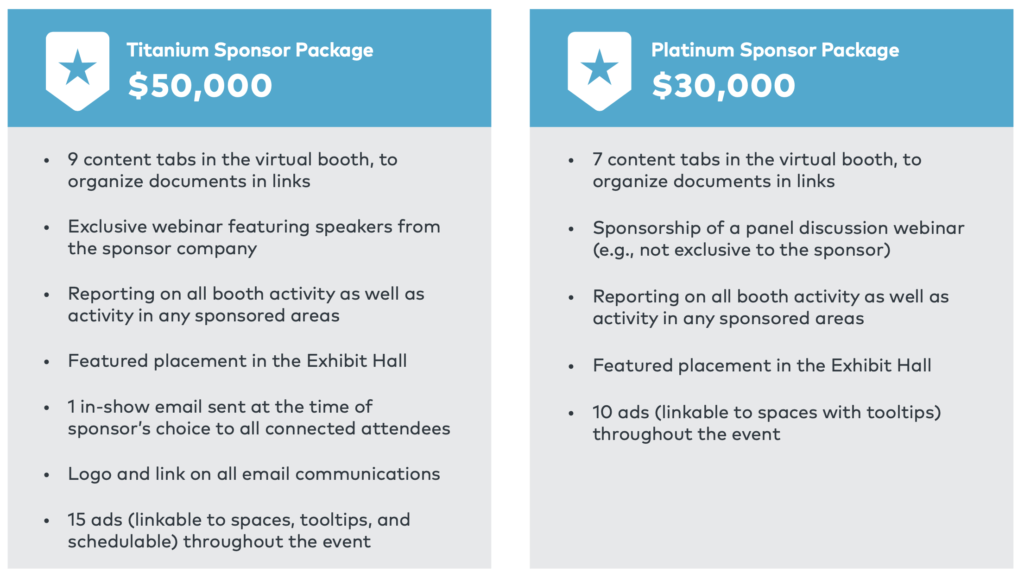
- Audience acquisition.
- Before the event, it is important to maximize registrations from your defined target audience. Let your audience know where to be, when to be there and what’s in it for them. To do this, you will first need to map to your goals and measurable objectives. Once those metrics are established, promotional materials that support those goals and measurable objectives will need to be created. These can include an event landing page to register, a word of mouth (WOM) campaign, primary real estate on your homepage, blog posts, press releases, SEM, paid media and social media activations. Each of these promotions will need to be scheduled appropriately.
- User journey.
- While no two user journeys look the same, it can be helpful for you to craft the desired user journey and optimize your strategy around it. For example, do you want maximum attendance at the keynote or a surge in site traffic? To guide attendees toward your desired user journeys, you can: use the event schedule, design elements and platform features. Remember, don’t assume that the attendees will follow the right path…sometimes they need to be told what to do.
TIER TWO: EVENT
You’ve made it! It’s the day of the event. If you’ve followed the steps above and done your due diligence with audience acquisition, you can expect a large turnout when you go live.
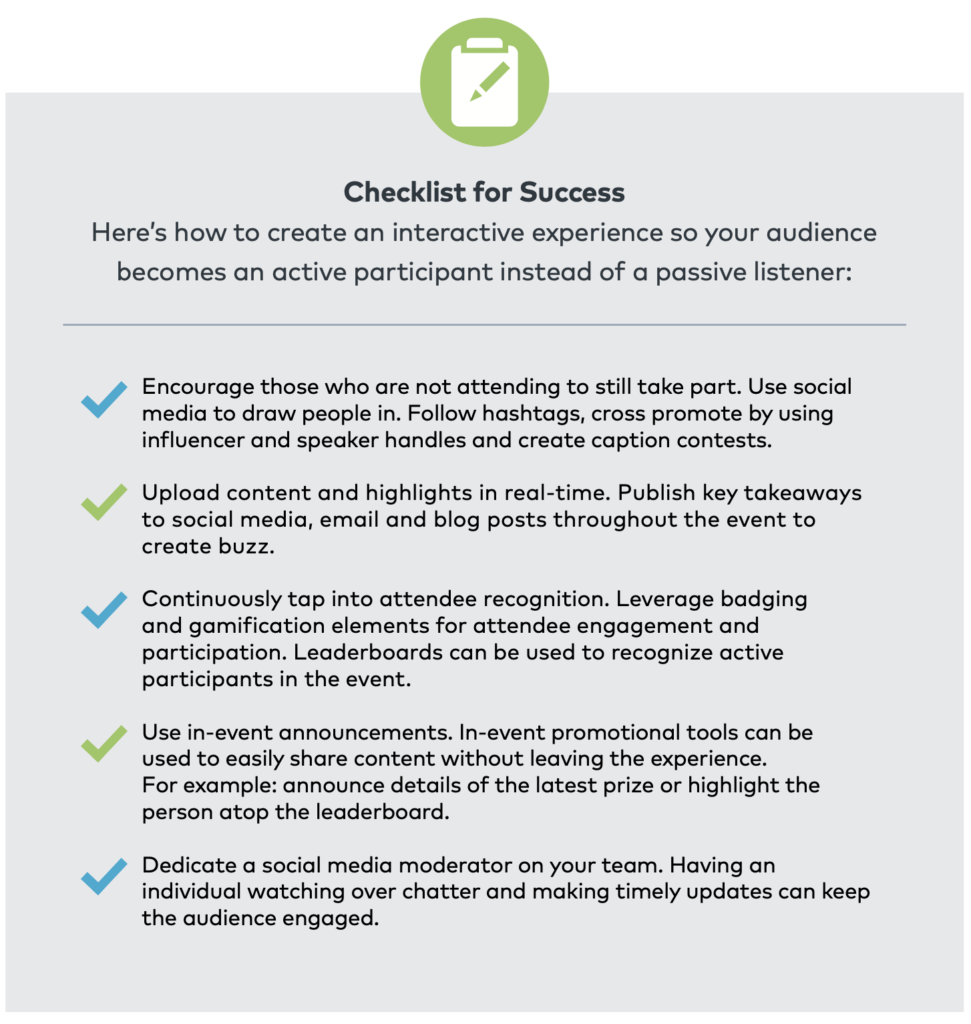
First impressions are important, so pay attention to what attendees see and hear when they first arrive. To do this, you must:
- Have a strong and compelling open that showcases the personality you defined pre-event. Capture your audience’s attention with the theme of the event and the tone you are trying to set. Make sure the list of scheduled activities is prominently displayed and keep the live content and conversation flowing and interesting. Use your interactive tools to keep attendees engaged.
- Leverage the virtual host to welcome guests to the event. Their responsibility is to acquaint participants with the platform, the schedule for the day and the main areas of concentration. This host can “show” attendees around the space, explain how to navigate the event, and act as a guide for participants to get the best experience while they’re there.
- The virtual host can remind those there of the agenda and run of show, which they’ve seen pre-show when they registered. The interactive tools you’ve deployed are now ready to navigate the event with attendees “on-site” and the appropriate team members should be ready to report on successes.
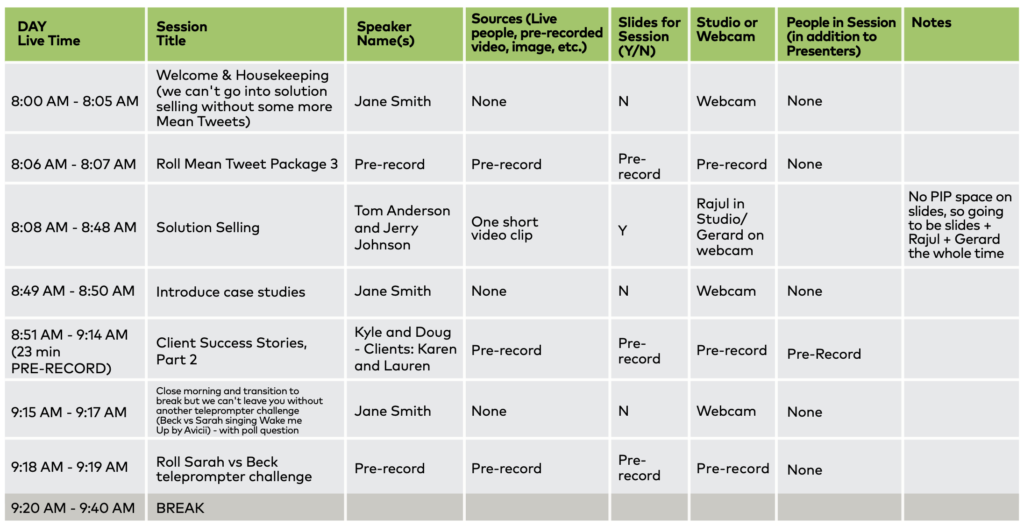
TIER THREE: POST-EVENT
After the live event is over, ride the momentum by continuing to engage your audience and encourage their feedback from the virtual experience. There are several ways to follow-up that can add value to your event.
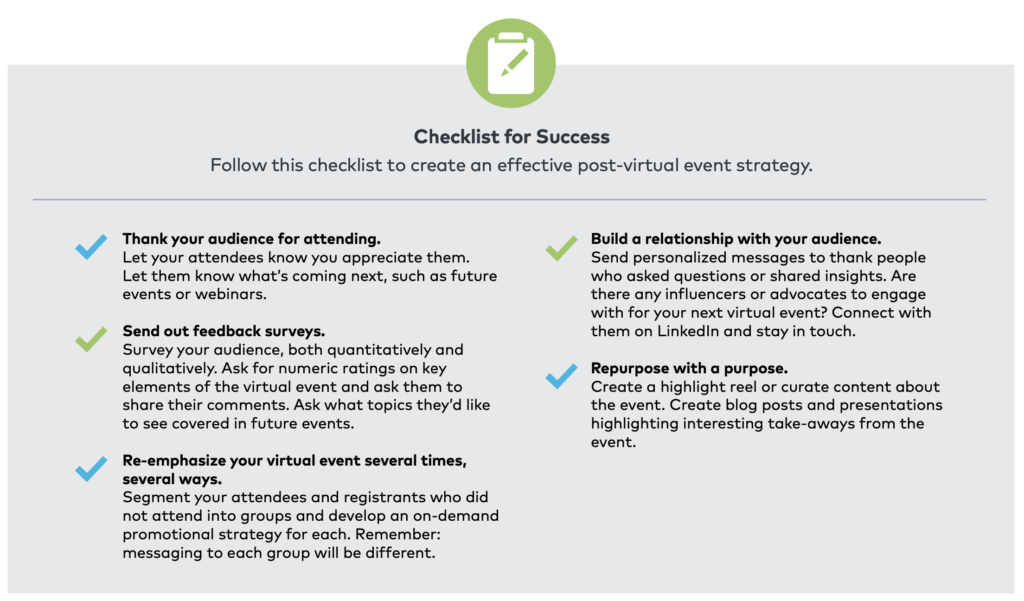
At the conclusion of the virtual event, there is the opportunity to make your event “on-demand” to keep your audience engaged and drive further business results. This period can engage registrants who couldn’t attend live and allows you to stay engaged with people who attended the live event. Some ways to do this include:
- Email campaigns.
- Deploy an email campaign to remind those interested of the on-demand access. Invite them to view presentations, and other interactive opportunities from the event.
- Repurpose content and follow up on presentations to address questions that may have come up or conversations that were sparked during the virtual event. These can also be shared through email blasts and on social media.
- Generate new content assets from your virtual event such as: snackable videos, blog articles, infographics, webinars, and podcasts.
- Review your analytics to learn how viewers engaged with your event, sponsors, fellow attendees and webinars.
- Leverage this information to keep in touch with all those who were interested in your virtual event. Most platforms offer hosts access to a real-time dashboard that tracks all activity. This information can enrich your attendee profiles, further qualify your prospects, and give you a better understanding of what your audience is interested and allow your team to create more personalized nurturing.
- Create a lead nurturing campaign to further qualify leads and enhance the event attendee data. Attendees can receive nurture content that relates directly to the content they consumed at the event. At this point, you are able to establish a cadence of how you’ll touch that database. The more touches and conversations you have with your attendees, the more likely they will convert to satisfied customers.

To determine if you’ve met your established goals and measurable objectives, you can assert a robust scoring model. By pairing lead scoring with your event data, you can gain actionable insights into your leads and their position in the sales cycle.

By following these guidelines, you are sure to achieve success in executing a virtual event. Have questions? We’d love to answer them and support your next event.
Draper DNA is a full-service marketing agency and consultancy specializing in helping home and building products companies challenge the industry.




